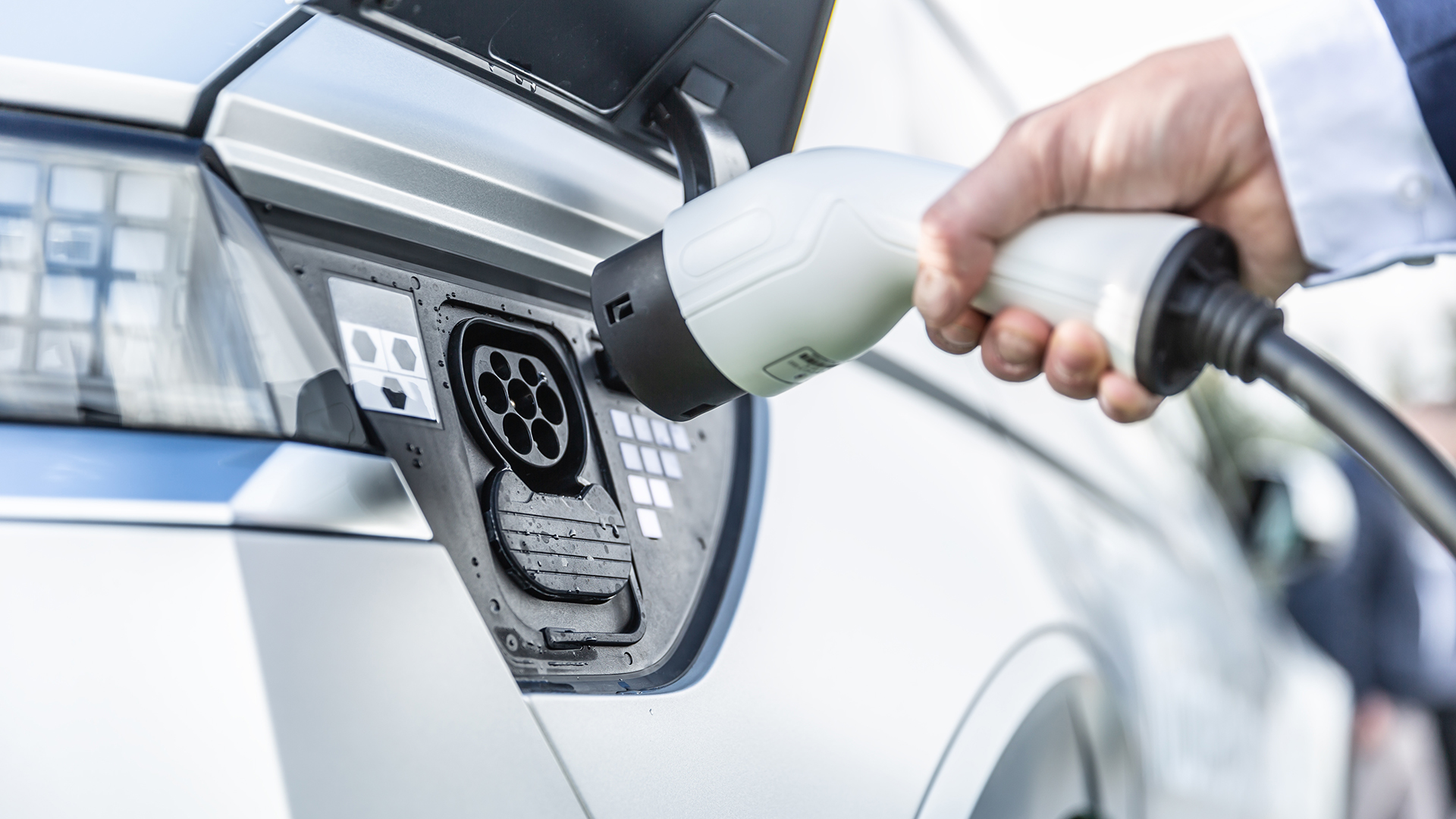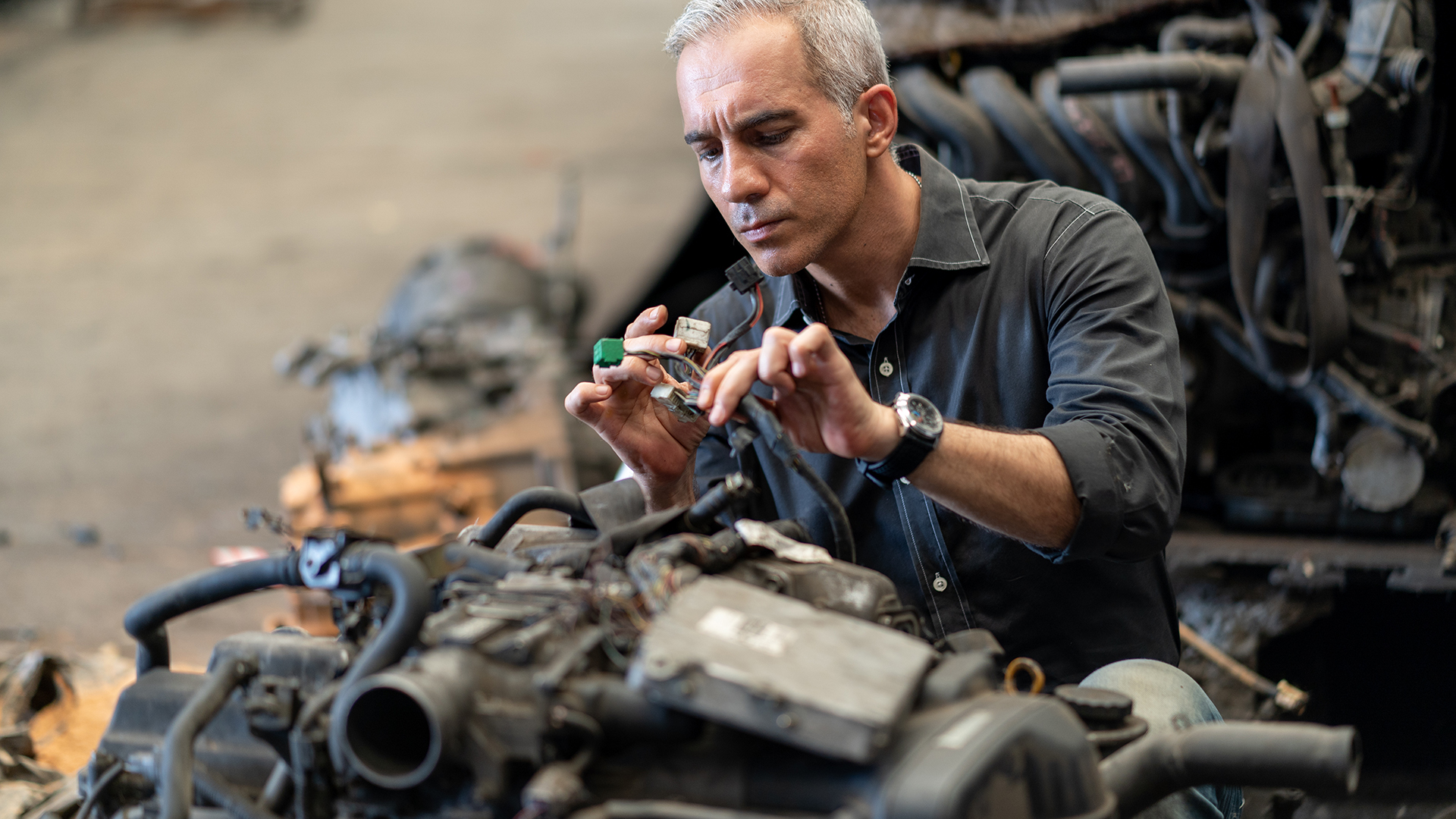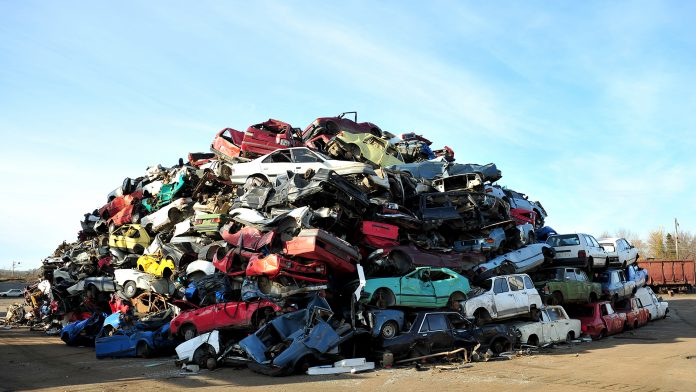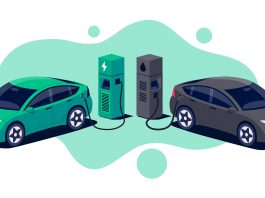The European Commission has announced new regulations to create a circular economy for materials in end-of-life vehicles.
The proposed measures will transform end-of-life vehicles’ design, production, and treatment to optimise the recovery and recycling of critical raw materials essential in zero-emission vehicle manufacturing.
The new policy will replace the current Directive 2000/53/EC on end-of-life vehicles and Directive 2005/64/EC on the type-approval of motor vehicles with regard to their reusability, recyclability and recoverability.
With more than six million vehicles in Europe reaching the end of their life each year, it is estimated the new regulations will generate €1.8bn net revenue by 2035 and create around 22,000 jobs and revenue streams in the waste management and recycling industry.
Creating a circular economy for these materials is expected to unlock many environmental benefits, such as an annual CO2 reduction of 12.3 million tonnes by 2035.
It will also advance the valorisation of 5.4 million tonnes of materials and improve the recovery of critical raw materials, helping to reduce the EU’s dependency on foreign imports and reinforce supply chains.
The policy will also help to improve road safety, reduce harmful pollution, and minimise health risks in third countries by preventing the export of non-roadworthy vehicles.
The initiative is expected to significantly boost the EU’s zero-emission vehicle ambitions, as this sector is projected to be the largest consumer of critical raw materials vital in permanent magnets of e-drive motors.

Speaking on the development, Frans Timmermans, the Executive Vice-President for the European Green Deal, commented: “Everyone in Europe should be able to get from A to B in the most sustainable way possible.
“In the next years, more and more zero-emission cars will come to the market, increasing the demand for valuable, primary materials.
“Our proposal today will make sure that we recycle and reuse as many of these materials as possible, giving new life to our cars’ components and greatly reducing the environmental footprint of our road transport.”
End-of-life vehicles will be ‘designed circular’
The policy will refine the design and production of new vehicles so they can be easily dismantled. Car manufacturers must provide detailed instructions on how to replace parts and components during the vehicle’s use and end-of-life.
More recycled materials will be used
New rules will stipulate that 25% of the plastic used in new vehicles will need to come from recycling, of which 25% must come from end-of-life vehicles.
This initiative will help to recover more critical raw materials, plastics, steel, and aluminium. There will be additional support for the market to reuse, remanufacture, and fix vehicle parts and components, with incentives encouraged from Member States for garages to drive sales of spare parts.

Governance to be enhanced
The policy will enforce new national Extended Producer Responsibility schemes that enable financing for mandatory waste treatment operations and encourage recyclers to improve the quality of materials from end-of-life vehicles.
There will also be more inspections and digital tracking of end-of-life vehicles across the EU to stop vehicles from disappearing from the market. Fines and bans on exporting vehicles that are not roadworthy will also be enforced.
These measures are expected to extend to motorcycles, lorries, and buses in the future to grow the recycled materials circular economy further.
Virginijus Sinkevičius, Commissioner for Environment, Oceans and Fisheries, concluded: “The automotive industry plays an important role in accelerating the transition to the circular economy.
“Building on the life-cycle approach that we agreed for batteries, today we are proposing rules to make vehicles circular by design and to ensure that at the end of their life, vehicles are a source of valuable spare parts, critical raw materials, and other key resources such as high-quality recycled plastic and steel.
“This new approach will make the European vehicle industry more sustainable and resilient, reduce dependence on primary raw materials and energy, boost EU’s recycling sector and enhance the markets for used spare parts and secondary materials.”









